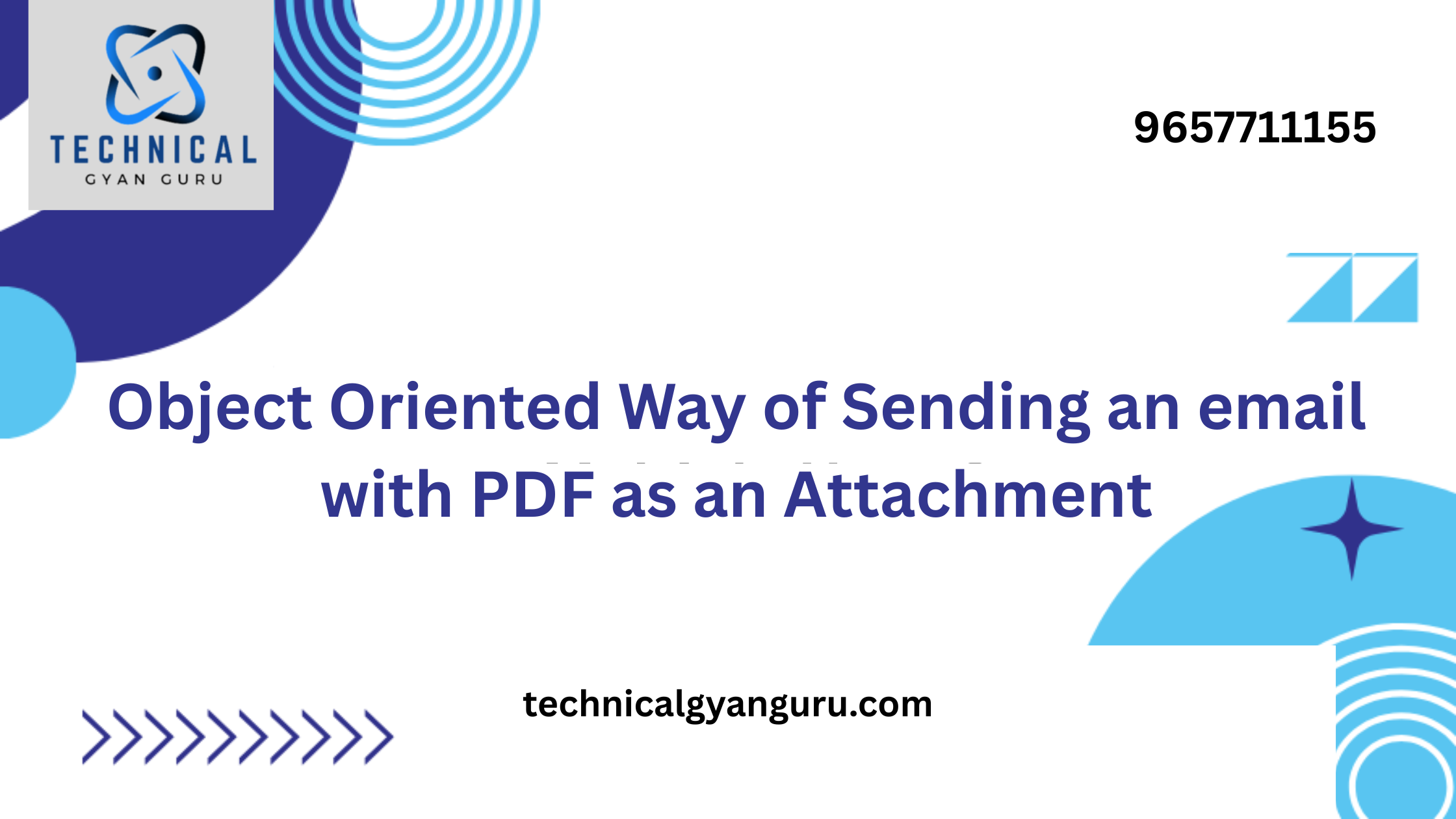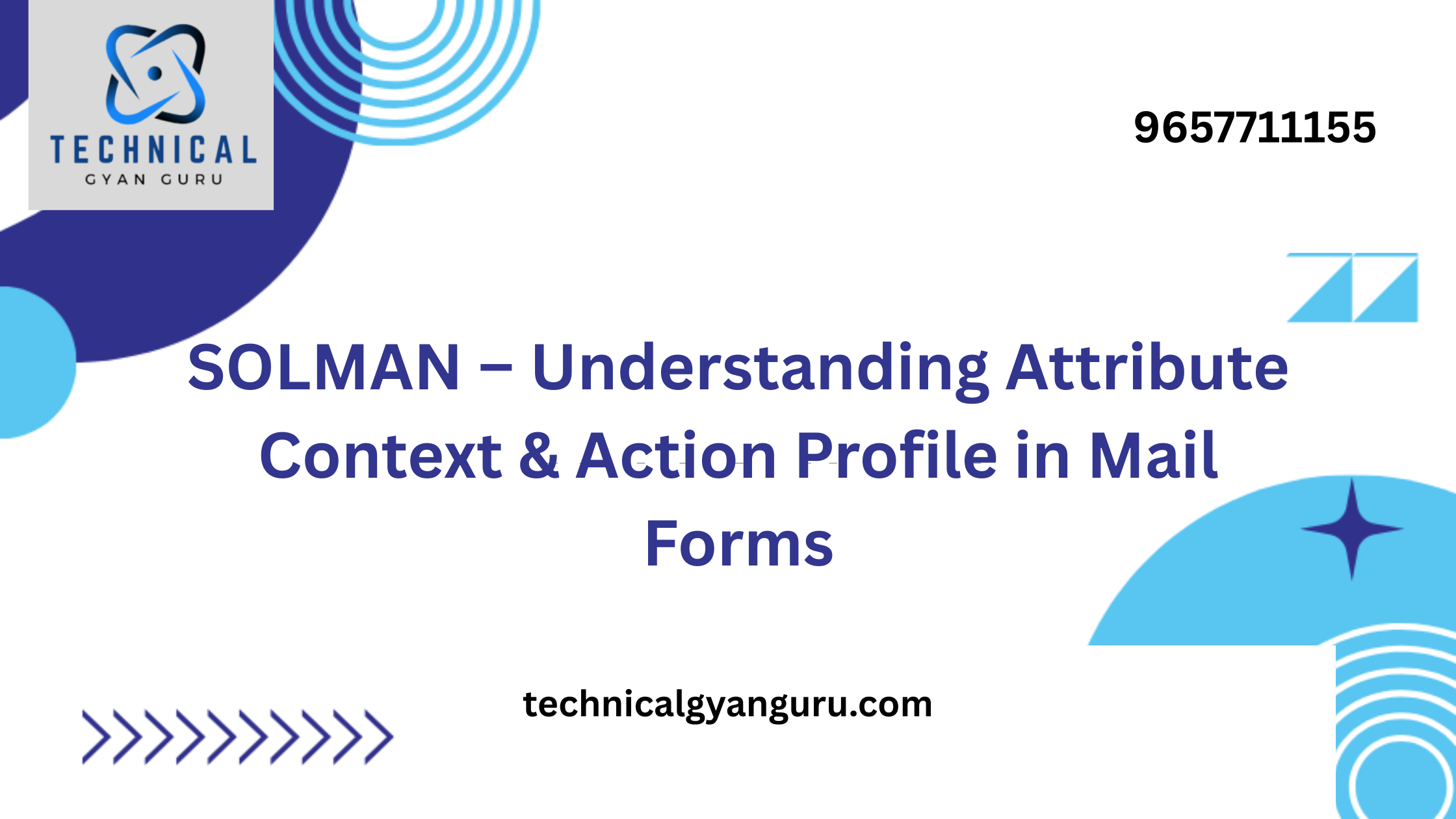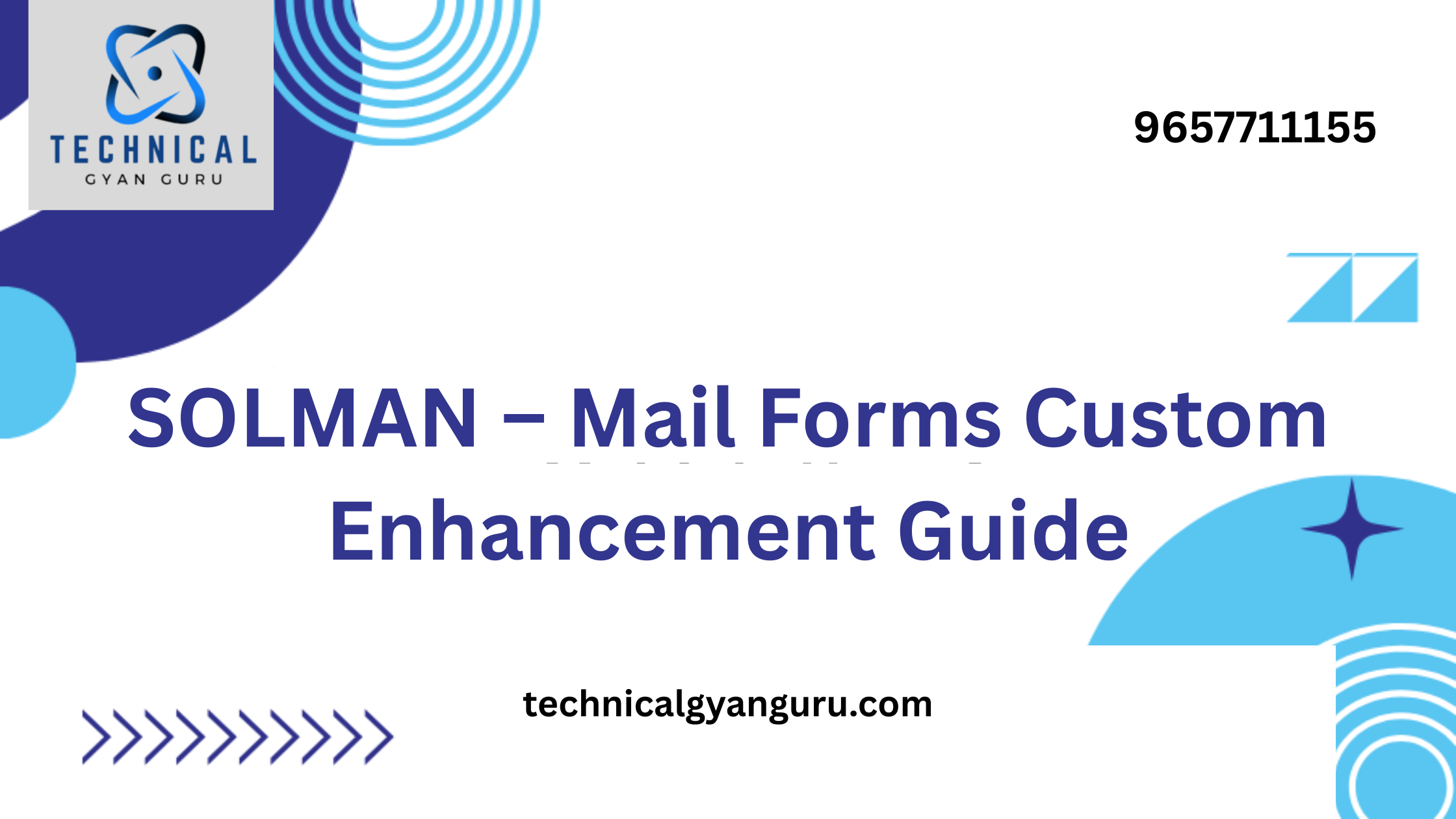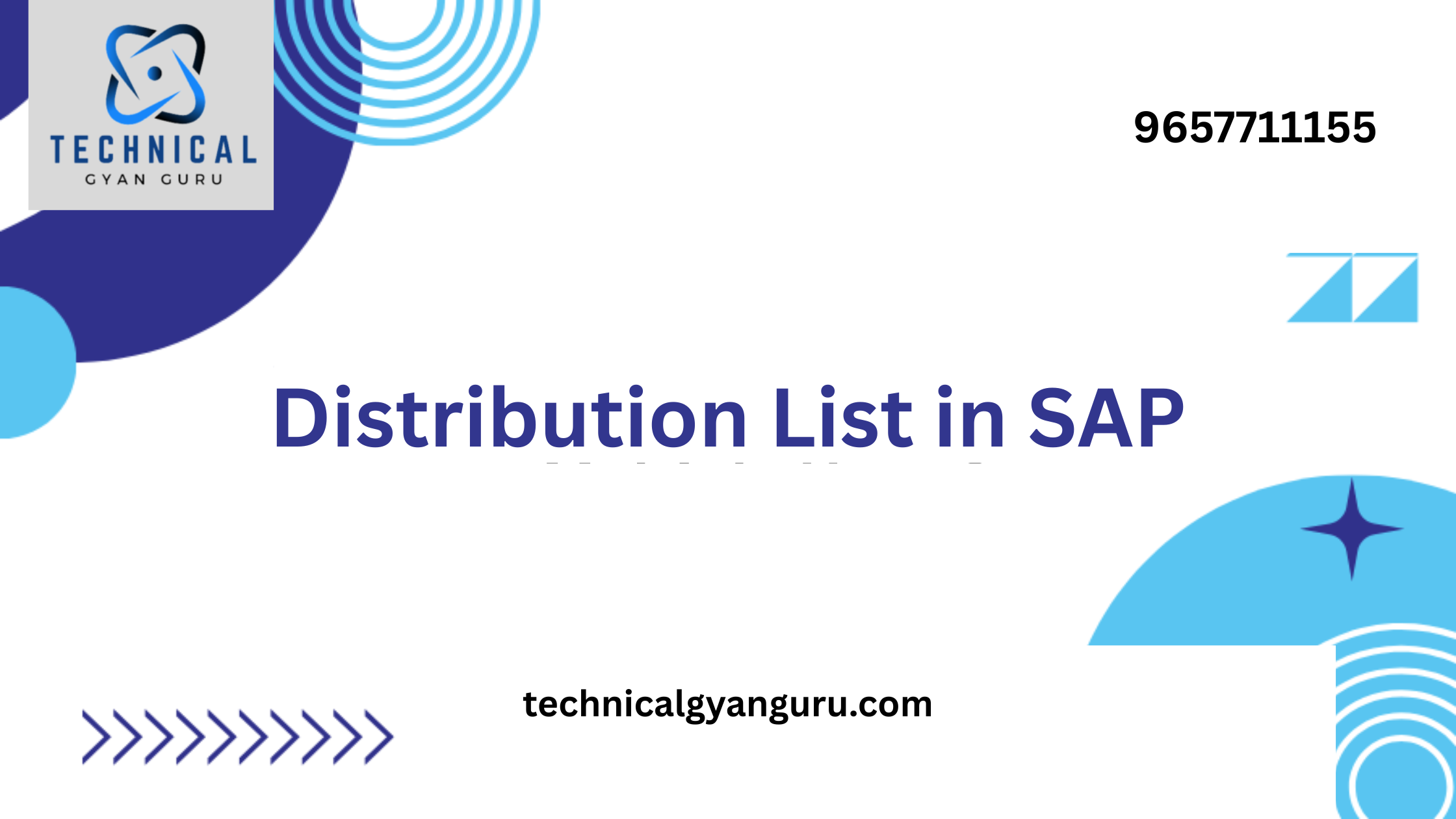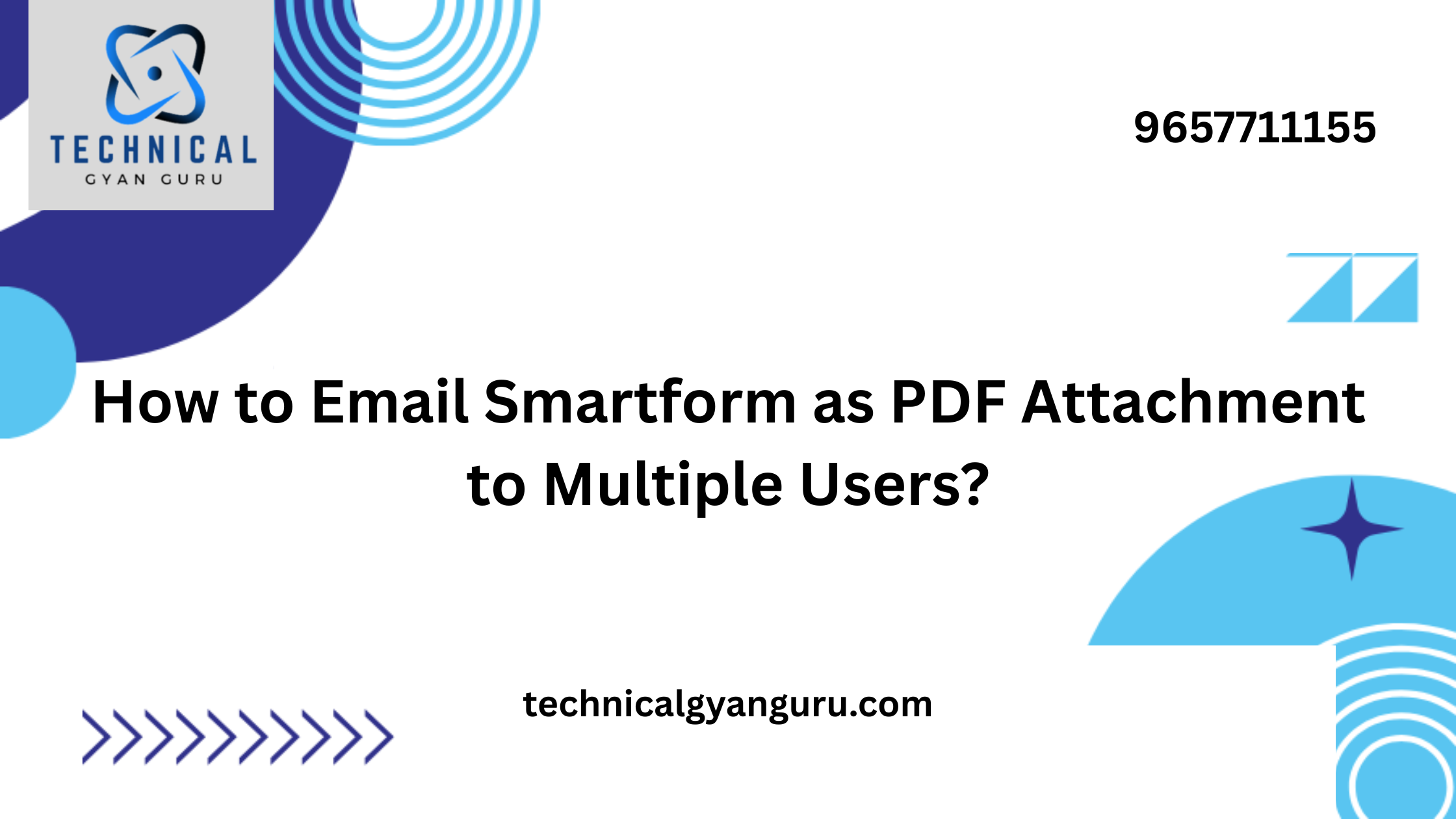
Introduction: Data Lakes Integration
Data Lakes Integration: In the ever-expanding landscape of data-driven decision-making, organizations are constantly seeking ways to harness the power of their vast data lakes. SAP Analytics Cloud (SAC) emerges as a transformative solution, seamlessly integrating with data lakes to unlock valuable insights. This blog post explores the synergy between SAP Analytics Cloud and data lakes, showcasing the benefits of this integration and its impact on data analytics and business intelligence.
Understanding SAP Analytics Cloud:
SAP Analytics Cloud is a robust cloud-based platform that empowers organizations to visualize, plan, and make data-driven decisions. Its intuitive interface and powerful analytical capabilities have made it a go-to solution for businesses aiming to derive meaningful insights from their data.
Data Lakes: The Reservoirs of Big Data:
Data lakes, with their ability to store vast amounts of structured and unstructured data, have become integral to modern data architectures. They serve as reservoirs for big data, housing information that can be analyzed to extract valuable insights. Integrating SAP Analytics Cloud with data lakes creates a seamless flow of information, enhancing the analytical capabilities of organizations.
Key Benefits of SAP Analytics Cloud and Data Lakes Integration:
- Unified Data Access: Integration allows SAP Analytics Cloud to connect directly to data lakes, providing a unified access point to diverse datasets. This eliminates silos and enables organizations to analyze data from various sources in a cohesive manner.
- Real-time Data Processing: Data lakes often contain real-time data streams. SAP Analytics Cloud’s integration ensures that businesses can analyze and visualize this real-time data, providing up-to-the-minute insights crucial for agile decision-making.
- Enhanced Data Discovery: With SAP Analytics Cloud’s powerful data discovery capabilities, users can explore and visualize data stored in data lakes effortlessly. This not only streamlines the analysis process but also fosters a culture of self-service analytics within organizations.
- Advanced Predictive Analytics: Leveraging the wealth of data in data lakes, SAP Analytics Cloud enables advanced predictive analytics. Organizations can uncover patterns, trends, and correlations, allowing them to make informed predictions and plan for the future effectively.
- Centralized Data Governance: Integration ensures that data governance remains a priority. SAP Analytics Cloud provides centralized data governance features, allowing organizations to maintain control over data access, quality, and security across the analytics landscape.
- Scalability and Flexibility: Data lakes are designed for scalability, and SAP Analytics Cloud seamlessly scales with the growing data needs of organizations. This ensures that as data lakes expand, analytics capabilities can effortlessly keep pace, supporting the evolving requirements of the business.
- Collaborative Decision-Making: SAP Analytics Cloud fosters collaborative decision-making by providing a platform for sharing insights. Teams can collaborate in real-time, ensuring that everyone is working with the same data and can contribute to the decision-making process.
Conclusion:
The integration of SAP Analytics Cloud with data lakes marks a significant leap forward in the realm of data analytics. By breaking down silos, enabling real-time analysis, and providing a unified platform for collaborative decision-making, this integration empowers organizations to extract maximum value from their data lakes. As businesses continue their journey towards becoming truly data-driven, SAP Analytics Cloud stands as a powerful ally, seamlessly connecting with data lakes to transform raw data into actionable insights.



